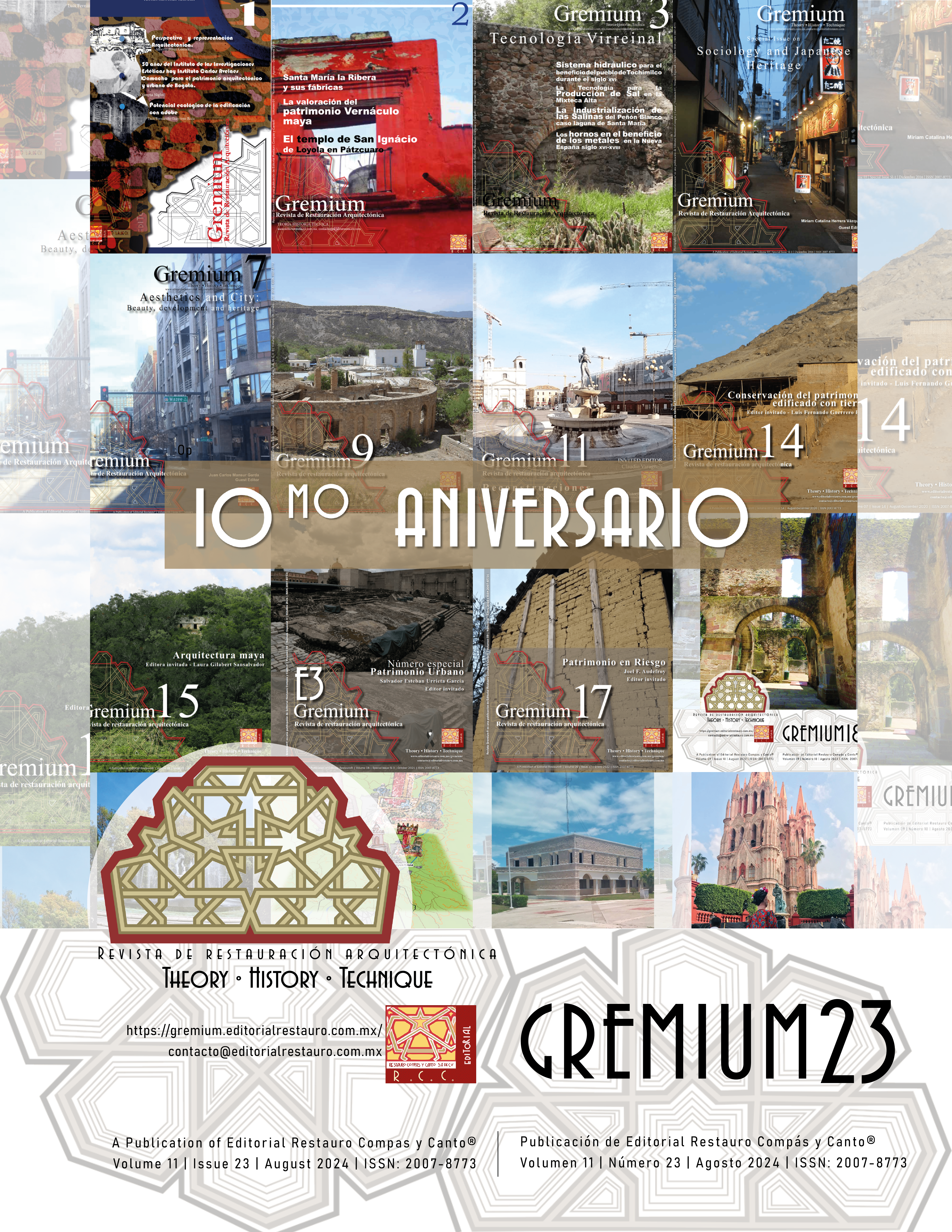Architectural Conservation: clean slate
DOI:
https://doi.org/10.56039/rgn23a04Keywords:
Architectural Heritage, architectonic restauration, conservation, reconstruction, anastyosis, education, training, professional competenceAbstract
The paper discusses a series of architects and projects from the last century, selecting some pioneering projects and later developments, evaluating then the situation in which architectural conservation finds itself today. The buildings, all public, although of different scales, are located in Spain, Italy, France, Great Britain, Saudi Arabia, Canada, Jordan, China and Japan, which will allow for broader discussion and international relevance. The final objective is to determine what the culture of architectural conservation is today and in the recent past, what are the international constants and local variations and what is its relationship with other cultures, and society in general. The interventions are presented in their context, including in the discussion, as considered appropriate in each case, processes, criteria, technologies used, as well as procurement and management systems. Fundamental issues of education, training and professional competence are also discussed, with a particular focus on the education and experience of architects involved in architectural heritage and other participants in the research, planning, design, execution and control of interventions, and its consequences regarding the project and the decision-making processes. The study makes it evident that there has been a regression in the discipline, with a worrying increase in reconstructions, often camouflaged in rhetoric of pseudo-restoration. In relation to this, the article also discusses the use of terminology and intervention criteria, with reference also to international good practice directives. The final objective is to carry out a constructive criticism that allows establishing how to proceed to effectively conserve architectural heritage in all its integrity, and with cultural coherence, for the enjoyment of contemporary and future generations.
Downloads
Downloads
Published
Issue
Section
License
Copyright (c) 2024 Gremium

This work is licensed under a Creative Commons Attribution-NonCommercial-NoDerivatives 4.0 International License.























